Here and there, in the context of liver support on cycle, you’re guaranteed to see Liv52. It’s less common, less popular, less researched than other options, but still — recommended quite often. So what’s in Liv52? And whether it will save your liver on a cycle?
What is Liv52
First of all, what is even Liv52? In short, we’re talking about ayurvedic (traditional Hindu) medicine. Essentially, a herbal mix, packed in a pill. The herbs in the compound all have a long history of use in traditional medicine.
Since we don’t like to rely blindly on traditions here, it’s important to note that most ingredients have actual studies to support the claims about their effectiveness.
The most popular and common in Canada is Liv52 made by Himalaya. Himalaya Wellness is, basically, the leader of ayurvedic medicine in Canada. They’re on the market since 1934, they have a good overall reputation, and — aside from the fact that they sell purely supplements, not drugs — have no red flags or scandals to note.
Liv52 Ingredients
Talking about a herbal mix without looking at each of the ingredients separately makes no sense. If you take a look at the official page of Liv52 at Himalaya Wellness website, they state just 2 of the Liv52’s ingredients: chicory and capers. However, the mix has many, MANY more ayurvedic herbs in it. Here are all the Liv52 ingredients and their doses:
- Capparis Spinosa: 130 Mg;
- Cichorium Intybus: 130 Mg;
- Mandur Bhasma: 66 Mg;
- Solanum Nigrum: 64 Mg;
- Terminalia Arjuna: 64 Mg.
These 5, and 14 more plants in minimally present (under 60mg), processed form, make up what we call Liv52.
The names don’t look familiar at all, right? Let’s take a closer look at each of them from a scientific, more rigorous standpoint.
Capparis Spinosa (aka Caper)
It’s a shrub that grows in the Mediterranean region. The caper plant contains several bioactive compounds, including:
- Flavonoids;
- Alkaloids;
- Organic acids.
Some of them are believed to be responsible for its medicinal properties, some are… just there, quickly digested in the human body. Caper has been found to have a potential therapeutic effect on liver diseases such as fatty liver disease and liver fibrosis. It is also being studied for its potential role in cancer prevention.
Cichorium Intybus (Chicory)
Cichorium roots are used in culinary and traditional medicine pretty much all over the world.
In traditional medicine, chicory has been used as a digestive aid, liver tonic, and skin disorders treatment. The plant contains:
- Inulin (fiber that regulates blood sugar levels);
- Sesquiterpene lactones;
- Flavonoids;
- Coumarins.
Science-wise, we know that the plant may have antioxidant, anti-inflammatory, and hepatoprotective effects. It also may have a potential therapeutic effect on digestive disorders, such as irritable bowel syndrome and constipation.
Mandur Bhasma
A little different one: Mandur Bhasma is NOT a herb. It’s a traditional Ayurvedic medicine, prepared from iron oxide (simply put, rust), grinded to particles of 300-400 nanometers.
It’s not JUST rust, though: the preparation involves purifying and grinding the iron oxide to produce a fine powder that is then processed with various herbal ingredients to enhance its therapeutic properties.
In Ayurveda, Mandur Bhasma is used as a general tonic and to treat anemia, liver disorders, and skin conditions, among other things. In the world of trials and studies? Mandur Bhasma seems to work on rats, improving liver health, but the research is limited. At least we know that the substance it’s not toxic and has no severe side effects.
Solanum Nigrum
Black nightshade, as it’s also called, is a small shrub, found in many parts of the world. It’s a popular ayurvedic medicine, used for centuries. We know that the plant contains:
- Solanine;
- Solasodine;
- Glycoalkaloids.
Trials have shown that Solanum nigrum may have antioxidant, antimicrobial, and anti-inflammatory effects. It has also been shown to have a potential therapeutic effect on diabetes, as it can help regulate blood sugar levels.
Terminalia Arjuna
Commonly known as arjuna, it’s a tree, native to India. It’s the bark of the Arjuna tree that is most commonly used for medicinal purposes.
In traditional medicine, Terminalia arjuna has been used to treat a variety of conditions, including heart disease, high blood pressure, and digestive problems.
The real medical effect comes from all the bioactive compounds in the plant:
- Various flavonoids;
- Tannins;
- And triterpenoids.
Studies suggest that Arjuna has potential health benefits, including anti-inflammatory and cardioprotective effects. Less research, though still present, includes statements that Arjuna might be beneficial in treatment of high blood pressure, high cholesterol, and heart failure.
Brief Summary on Liv52 Ingredients
As you can see, from capers to chicory and all the ayurvedic herbs and mixtures — Liv52 MAY have potential health benefits. To be more precise, hepatoprotective effects.
Do we recommend relying solely on ayurvedic mixes like Liv52 in your on-cycle liver support? No. Do we suggest that including Liv52 into your ancillary supplements list might be beneficial? Yes. But only along with more researched and more reliable compounds, like UDCA, TUDCA, or NAC. Never solo.
Liv52 Benefits and Effects
Based on the studies of Liv52 itself and its ingredients separately, we can say that it has a pretty wide range of beneficial effect:
- Help fix liver cells;
- Boost cytochrome levels;
- Balance blood cell production;
- Bring various blood components back to normal levels (like globulin, transaminase, albumin, triglyceride, and cholesterol);
- Lower high cholesterol and bilirubin levels, and improve dyslipidemia;
- Detoxifies the liver;
- Enhances pancreatic function;
- Improves gallbladder function;
- Restores digestive system functions.
if that sounds exactly like something that your liver and other organs, overpressured by oral anabolics, need, you’re right: it is.
Where to Buy Liv52 in Canada?
Aside from a hundred stores all across Ontario and other parts of the country that focus on ayurvedic medicine? Right in our store — you can buy the authentic Liv52 with Canada-wide delivery in a few clicks.
How to Take Liv52: Dosage and Timing
When it comes to practice, you have several options. Note that the Liv52 we’re talking about is the supplement that comes in a tablet form.
-
Liv52 tablets for liver support off cycle: 1 tablet twice a day.
-
Liv52 tablets for liver support on cycle: 3-4 tablets a day in 2-3 administrations.
Himalaya Liv52 supplement duration: it’s a complicated one. Your longest should be 3-4 months, but we suggest not extending it over 8 weeks (2 months) at best. And not more than 2 cycles in 6 months, with a mandatory pause of 2-3 months in between to avoid tolerance and side effects. Take it after a meal, with water. Nothing really surprising here.
IMPORTANT: You can buy Liv52 in drops and other forms, but we don’t recommend them, since dosing liquid Liv52 is much more difficult than it is with regular pills.
When to start taking Liv52 on cycle and when to stop?
The best way to start is the same as it is with TUDCA or UDCA: the very first day of your oral steroid cycle. This way you protect your liver when it needs it the most. Most likely, you’ll take it longer than you’ll actually need it (oral cycle should not exceed 8 weeks), but that’s OK.
Difference between Liv52 and Liv52 DS?
Liv52 is the standard formulation. Liv52 DS is the same thing, but DS actually stands for Double Strength. Hence the name, it’s a more potent version of Liv52 that contains a higher concentration of active ingredients.
Liv52 DS is designed for people who require a more intensive liver support regimen or who have severe liver conditions. The recommended dosage for Liv52 DS is one to two tablets twice a day.
Liv52 Side Effects
The mix is made up of plant-based components and is generally safe, well-tolerated. It rarely causes any adverse reactions. However, some athletes may experience allergic reactions to the medication and intolerance to the thing, which can practically lead to:
- Swelling;
- Rashes;
- Itching;
- Nausea;
- Redness;
- Diarrhea;
- Digestive issues.
If you experience any of these side effects, you should stop using Liv52 ASAP. It's important to avoid using the drug if you have an allergic reaction to it. There’s no such thing as “normal” side effects with herbal mixes.
Final Word
With all the evidence, we definitely think that Liv52 is a beneficial thing for your liver on cycle. However, you should approach it with caution: ayurvedic medication is, put simply, not quite a tried-and-true option. It’s individual and rarely recommended to anyone as a solo treatment.
That’s why the best way to take Liv52 is IN COMBINATION with other liver support compound of your choice:
- TUDCA;
- UDCA;
- NAC;
- Q10.
Anything that’s Health Canada and FDA approved for human use will get the job done. Actual medication will help you push through the cycle with minimal pressure on your liver, and Liv52 on top of the treatment will further increase your chances to avoid consequences and chronic issues.
References
- Ayurveda — Wiki for a definition [https://en.wikipedia.org/wiki/Ayurveda];
- The Himalaya Drug Company d/b/a Himalaya Herbal Healthcare [https://himalayawellness.ca/];
- Himalaya Global Holdings Ltd. — Liv52 [https://himalayawellness.in/products/liv-52];
- Antioxidant and hepatoprotective effects of Capparis spinosa L. fractions and Quercetin on tert-butyl hydroperoxide- induced acute liver damage in mice [https://www.sciencedirect.com/science/article/pii/S2225411017300500];
- A review on the medical effects of Capparis spinosa L. [http://futurenatprod.skums.ac.ir/article_20857_5e080671f14fac89dd3ffd9fe45f1adb.pdf];
- Cichorium intybus L: A review on phytochemistry and pharmacology [https://www.researchgate.net/profile/Ravinder-Singh-56/publication/332013279_Cichorium_intybus_L_A_review_on_phytochemistry_and_pharmacology/links/60f01b420859317dbde35df8/Cichorium-intybus-L-A-review-on-phytochemistry-and-pharmacology.pdf]
- The Common Cichory (Cichorium intybus L.) as a Source of Extracts with Health-Promoting Properties—A Review [https://www.mdpi.com/1420-3049/26/6/1814];
- PHYSICOCHEMICAL CHARACTERIZATION AND HEPATOPROTECTIVE ACTIVITY OF MANDUR BHASMA [https://journals.innovareacademics.in/index.php/ijpps/article/view/10383/4939];
- Evidence-based safety and efficacy of Ayurvedic herbo-metallic preparations containing gold, iron, and mercury with special reference to pediatrics [https://www.mjdrdypu.org/article.asp?issn=0975-2870;year=2017;volume=10;issue=3;spage=222;epage=228;aulast=Shingadiya;type=3];
- Protective effect of Solanum nigrum fruit extract on the functional status of liver and kidney against ethanol induced toxicity [https://jbiochemtech.com/storage/models/article/IMz0s8cQGhofn00nP1iLErNZCenpJDWBQu9dp2oxlhlzBMMCaPgrQrqpRwx8/protective-effect-of-solanum-nigrum-fruit-extract-on-the-functional-status-of-liver-and-kidney-aga.pdf];
- Solanum nigrum leaf: natural food against diabetes and its bioactive compounds [https://www.cabdirect.org/globalhealth/abstract/20163111283];
- In vitro modulatory effects of Terminalia arjuna, arjunic acid, arjunetin and arjungenin on CYP3A4, CYP2D6 and CYP2C9 enzyme activity in human liver microsomes [https://www.sciencedirect.com/science/article/pii/S221475001500027X];
- Hypocholesterolaemic effects of Terminalia arjuna tree bark [https://www.sciencedirect.com/science/article/abs/pii/S0378874196014936];
- The efficacy of Liv-52 on liver cirrhotic patients: A randomized, double-blind, placebo-controlled first approach [https://www.sciencedirect.com/science/article/abs/pii/S0944711305000528];
- LivLine Eating Disorders in Children and Adolescents Rome ES, et al. [http://himalayainfoline.com/journalinfoline/pdfs/2011/OD11/Livline_OD11.pdf].

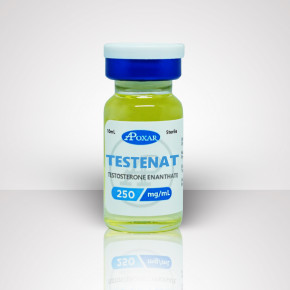
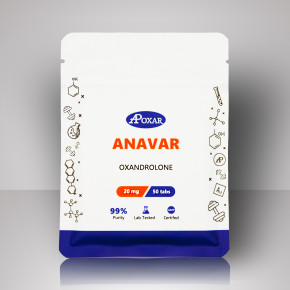
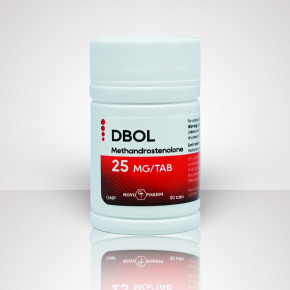
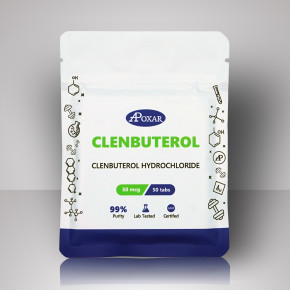
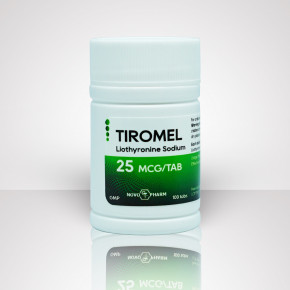
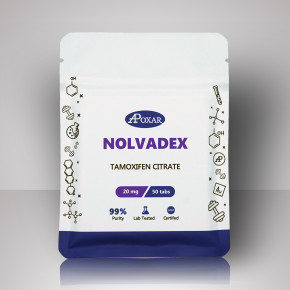
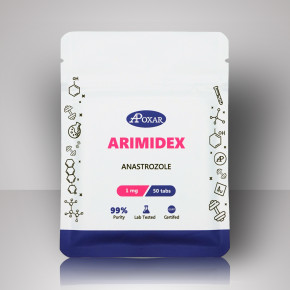
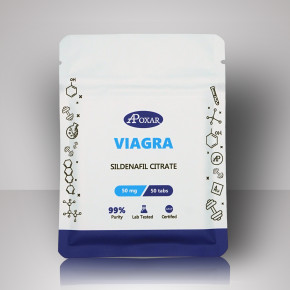
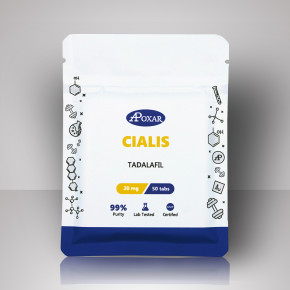
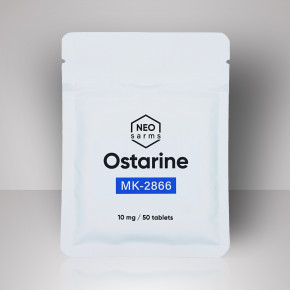
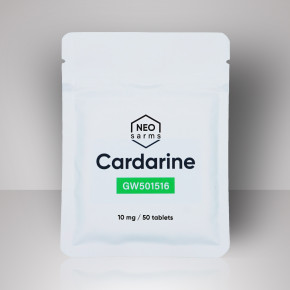
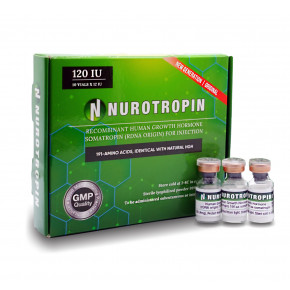
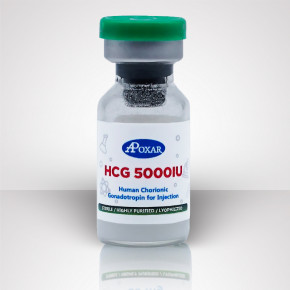
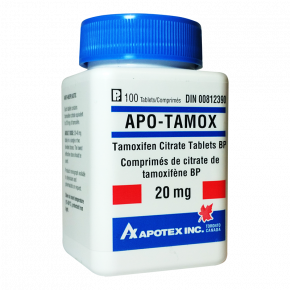
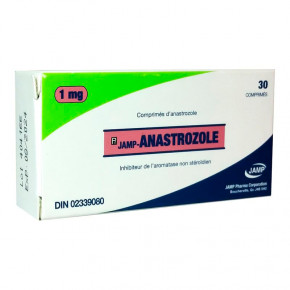
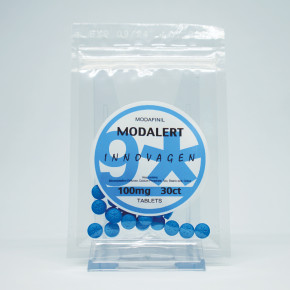
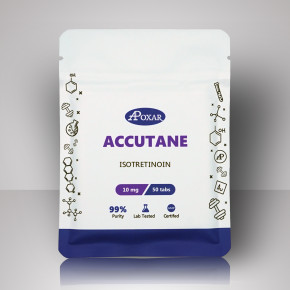
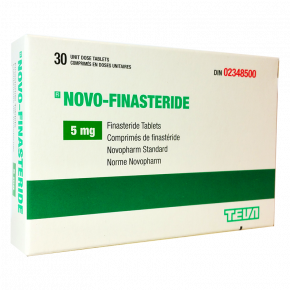
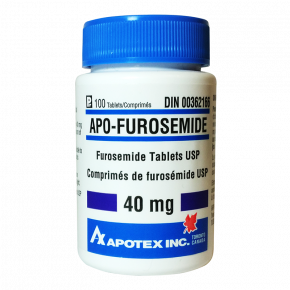
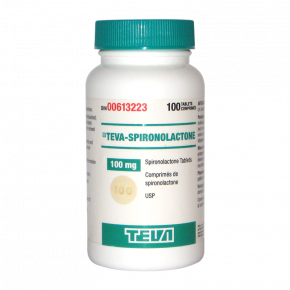

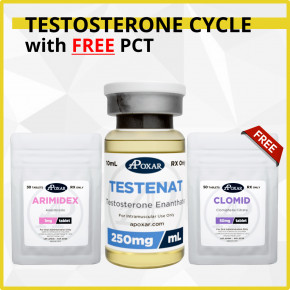
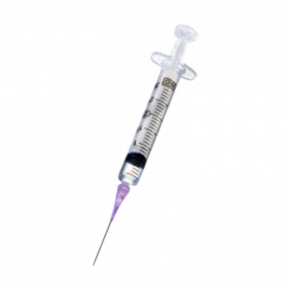
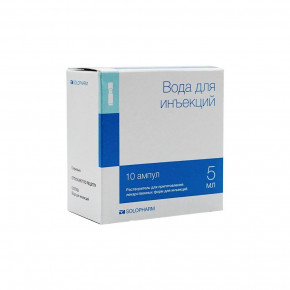

 Proudly Serving Canadians Since 2012
Proudly Serving Canadians Since 2012
